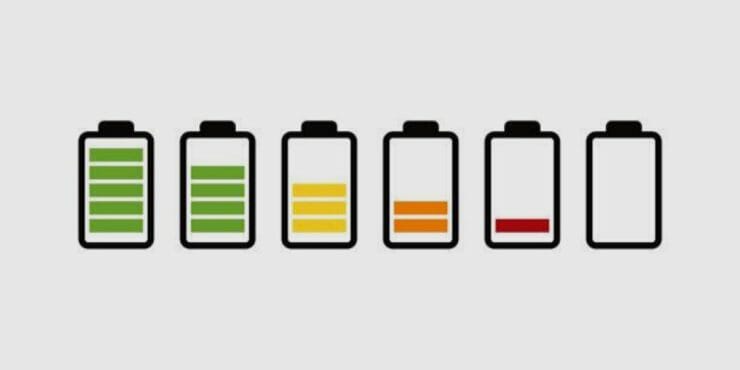Typically, wireless security cameras last 3 to 6 months. But you can increase life by disabling night vision, getting a better internet connection, and allowing the battery to drain before recharging it completely.
Learn how to maximize battery life and replace them as I go into more detail below.
Battery Life of the Most Popular Wireless Security Cameras

Batteries have a limited life. The following chart shows the battery life of some of the market’s most popular wireless security cameras.
| Security Camera | Battery Life |
| Arlo Pro 3 | 3 to 6 months |
| Blink XT | Two years |
| Ring Spotlight Cam Battery | 6 to 12 months |
| Eufy SoloCam S40 | Six months |
| Ring Stick Up Cam Battery | 6 to 12 months |
What Types of Security Camera Batteries Last the Longest?
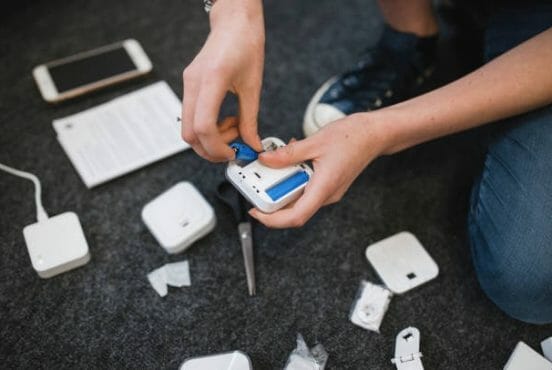
There are three main types of batteries used in security cameras today. Li-Ion batteries, Ni-Cd batteries, and Ni-MH batteries. Each of these types has its pros and cons. We are going to discuss these separately.
Using Alkaline or Rechargeable Li-Ion, Ni-Cd, or Ni-MH Batteries
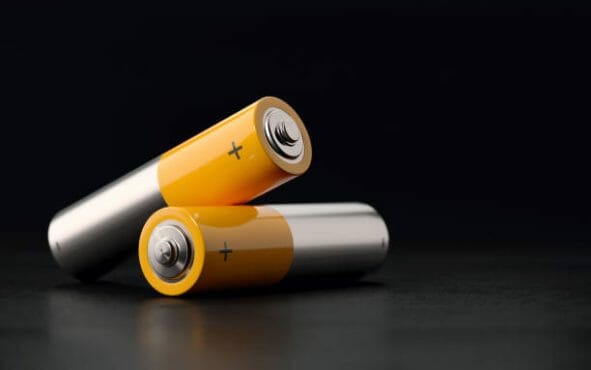
NiCd (Nickle Cadmium) Batteries
Nickel Cadmium batteries are the cheapest of the battery types. The batteries are now an older technology and suffer from the lazy battery effect. If you charge these batteries before they are fully discharged, they “memorize” the new charging cycle and decrease their battery life.
The way to avoid this problem is to let the battery discharge completely before you change it. (1)
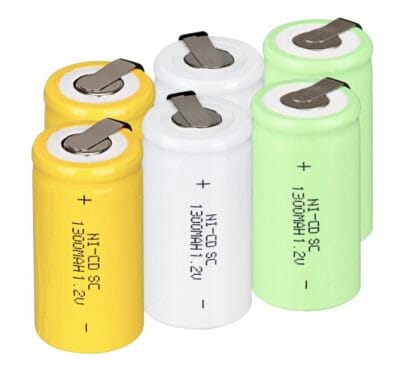
If the lazy battery effect is properly dealt with, these batteries have impressive longevity. They can be charged and discharged 1000 times.
This amounts to charging the battery once a day for three years. Wireless security cameras must be charged every six months or more, so you will not be using the 1000 charges.
Ni-MH (Nickle-Metal Hydride) Batteries
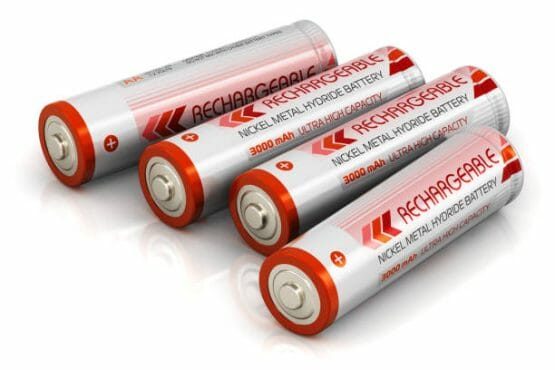
These batteries cost more than NiCd batteries, but they don’t have the lazy battery effect problem. These batteries can be charged and partially discharged as often as you like. They will not drop in their capacity due to the lazy battery effect.
Nickle-metal hydride batteries have a significantly larger capacity than NiCd batteries. These batteries are also fairly common, and their chargers are quite easy to find. (2)
These batteries have a higher energy density and provide more power. This means these batteries occupy less space in the camera.
However, these batteries take longer to charge and are sensitive to extreme changes in temperature.
Lithium-ion Batteries
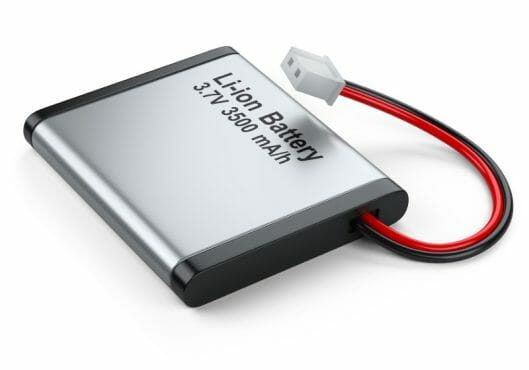
Li-ion batteries are more compact and lighter in weight than other batteries. These batteries are also able to provide a higher voltage. These batteries also have a low self-discharge rate compared to other batteries. This means that the capacity of a Li-ion battery will stay the same for a long time.
These batteries can be charged much faster and are not more tolerant to changes in temperature. They also have a high energy density.
One downside of these batteries is that they are incompatible with other chargers and require a special charger. But if you buy a wireless camera, the charger will be included.
Does Battery Size Matter?
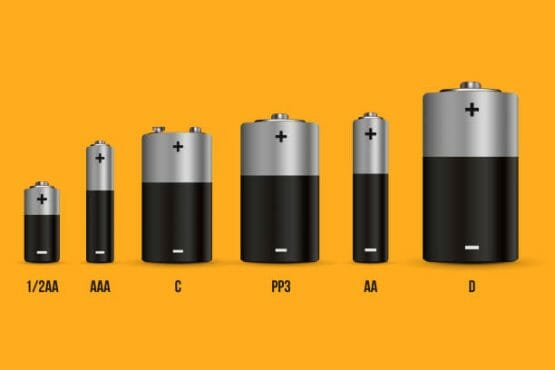
Size is one factor that determines how long a battery lasts, but it’s certainly not the only factor. The type of battery and chemistry play a much larger role in determining everything from battery life and capacity to battery voltage.
With that being said, the larger one will have longer battery life for two batteries of the same chemistry. This is because the larger battery will be able to hold more charge. But this is where the correlation ends. A larger battery does not provide more volts or amps to the camera.
What Hurts Battery Life?

Different factors may impact the battery life depending on the type of battery. But the most significant factors are common to all the battery types. Here are some factors that negatively impact the battery life of a camera.
Slow Internet Connection Speeds

A wireless security camera spends much of its energy budget storing and sending data. However, if the internet connection is slow, the camera will spend more time sending the data and will have to store it for longer. This will result in battery drainage regardless of the kind of battery there is inside the camera.
Extreme Heat and Cold

Batteries generate electrical power via chemical reactions that take place inside the battery. These chemical reactions are temperature-dependent. Most manufacturers recommend that these batteries be used and charged at room temperature. Operating at much higher or lower temperatures can significantly decrease the battery life.
Weak Signal Strengths Between Device and WiFi Network

If the WiFi device is not close to the camera or if there are a lot of concrete walls between the WiFi and the camera, the result will be similar to that of slow internet speeds. The camera will have trouble transferring data and may have to store it for longer. The result would be the drainage of the battery at a much faster rate.
Ways You Can Save Battery Life
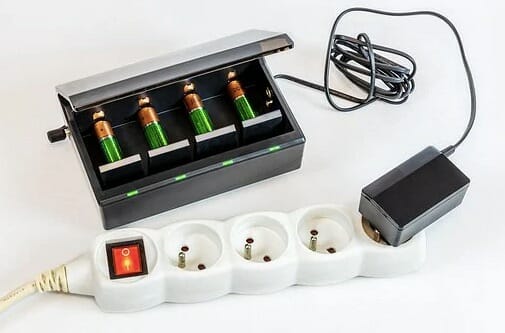
Place a Light Near the Camera
If your camera is infrared enabled, it probably has a significantly shorter battery life. Night vision takes a lot of power. If you get a camera without night vision, it will probably have a much longer battery life. You may place a light near the camera so your camera never has to use its night vision. Either way, place a light near the camera so it can see at night without using extra power.
Recharge Only When the Battery Runs Out
If you recharge the battery only when it is completely drained, you will have to charge it less often. This would increase the battery life.
Get a Stable Internet Connection
A slow internet connection can result in a lot of batter drainage. To save power, get a stable connection.
Place Your WiFi Closer
Place your wife closer to the camera or the camera closer to the WiFi so that the signal from the WiFi does not have to pass through many walls.
Battery life depends on several factors, some of which can be exploited to increase the battery life. Now that you know what causes different types of batteries to age, you can actively keep your battery from self-discharging.
References
(1) Nickel Cadmium batteries – https://www.sciencedirect.com/topics/chemistry/nickel-cadmium-battery
(2) Nickle-metal hydride batteries – https://www.techopedia.com/definition/24210/nickel-metal-hydride-battery-nimh

